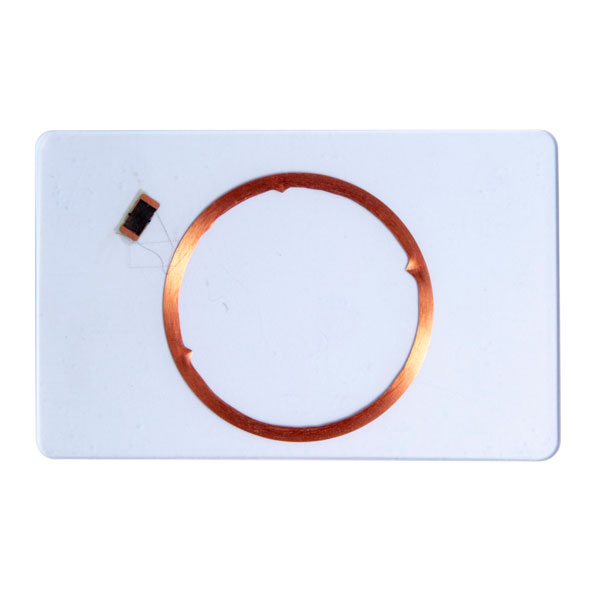At present, logistics management systems generally use barcode labels or manual documents to support the management of all aspects of their own logistics. However, the current barcode labels have shortcomings such as easy copying, non-pollution prevention, and easy humidity. The manual writing of documents has a large workload, cumbersome procedures, and easy to cause human losses, resulting in the current domestic logistics management is still not perfect.
With the development and application of the radio frequency electronic tag technology, and logistics companies themselves are aware of the problem, in order to realize the needs of enterprise logistics automation, informatization, and intelligence, at the same time to realize the seamless connection between RFID technology and the enterprise information system , To ensure that RFID technology exerts the greatest benefit in enterprise logistics operations.
Technical solution realization
The logistics system is generally divided into four links, including warehousing, inventory management, outbound, and transportation. The RFID logistics system uses RFID tags as the backing of the logistics system. The embedding of RFID tags in the production process of goods is particularly critical. Embedding in the production process is a very critical step in the RFID logistics system. After the introduction of RFID tags, the four links of the logistics system can be closely connected through RFID tags. In each link, the RFID system will play a powerful role, making the logistics links of these items more efficient, accurate and safe.
Realization of RFID in the link of commodity storage
Commodity warehousing requirements are very strict. The warehousing of the existing logistics system has three elements that are strictly controlled: warehouse management, materials, and related records. This process requires a lot of manpower and time, and requires multiple inspections to ensure these three. The accuracy of each link. In the RFID storage system, these three links can be efficiently and accurately controlled through the RFID information exchange system. In the RFID warehousing system, the RFID tag of the commodity is identified by the reader at the passage of the warehousing port, and the corresponding commodity information is found in the database and automatically input into the RFID inventory management system. The system records and verifies the warehousing information, enters inventory information if it is qualified, and prompts error information if there is an error. In the RFID inventory information system, the radio frequency terminal on the forklift can be directly guided to select an empty space and find the best way to reach the empty space. After the reader confirms that the product is in place, the inventory information is updated immediately. After the goods have been put into the warehouse, the warehousing list can be printed out through the RFID system printer, and the responsible person can confirm it.
One of the keys to RFID storage
RFID plays a very important role in the warehousing link, but still requires a key terminal device. This terminal device is usually a handheld terminal in the industry, which is also called a PDA. The handheld terminal can be equipped with UHF handles to realize RFID scanning, and can store relevant information immediately through the RFID system, or send relevant data to industrial computers and other equipment immediately through communication modules, and then upload the system to the warehouse, so that the warehouse keeper can manage the real-time inventory information.
 Follow Plastic Key Manufacturers to Learn the Value of Keychain Cards
Follow Plastic Key Manufacturers to Learn the Value of Keychain Cards The Application of RFID Tag Recognition in Intelligent Supermarket Product Management
The Application of RFID Tag Recognition in Intelligent Supermarket Product Management Three Main Application Scenarios of RFID Electronic Tags
Three Main Application Scenarios of RFID Electronic Tags Characteristics of UHF RFID Electronic Tags
Characteristics of UHF RFID Electronic Tags The Wide Application of IC Card
The Wide Application of IC Card What are the General Identification Methods of the Access Control System?
What are the General Identification Methods of the Access Control System?



